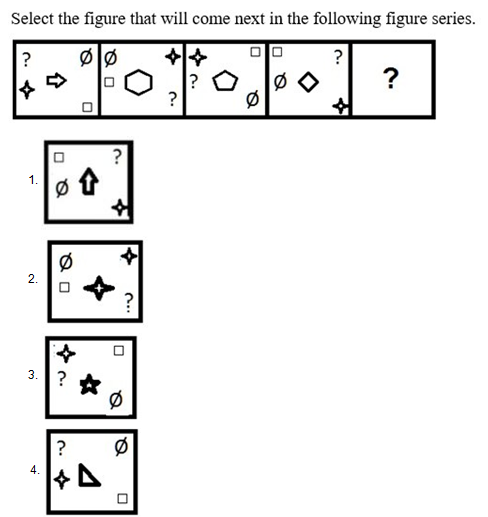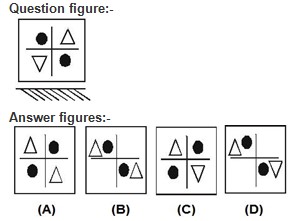Question
Which of the following statements is
true?Solution
Capital budgeting decisions involve evaluating and selecting long-term investment projects or expenditures that can impact the company's future. These decisions typically involve significant financial outlays and have long-term consequences for the organization. Examples of capital budgeting decisions include investing in new machinery, expanding production facilities, or acquiring another company. Option a is incorrect because purchasing raw material for the factory is an example of an operating or short-term decision related to day-to-day operations rather than a capital budgeting decision. Option c is incorrect because capital budgeting decisions have a direct impact on the future profitability of the firm. These decisions involve assessing the potential returns, cash flows, and risks associated with investments, with the aim of enhancing future profitability. Option d is incorrect because capital budgeting decisions are generally not reversible in nature. Once a significant investment is made, it can be challenging to reverse the decision or recover the invested funds easily. Therefore, careful analysis and evaluation are crucial before making capital budgeting decisions. Therefore, the true statement is ‘Capital budgeting decisions are long-term decisions’.
Which figure is the correct representation of the movement of food in phloem?

In the following question, select the related number from the given alternatives.
19 : 323 :: 21 : ?
Select the combination of numbers that when placed sequentially in the blanks of the given series will complete the series.
m n _ p _ r s _ n _ p...
What is water image of given figure?


Find which one word cannot be formed from the given letters of the word.
‘ MANIFEST ’
...
Which of the given figures when placed in the 5th position would continue the series that is established by the first four figures?
Select the figure from the given options that will come next in the following figure series.



